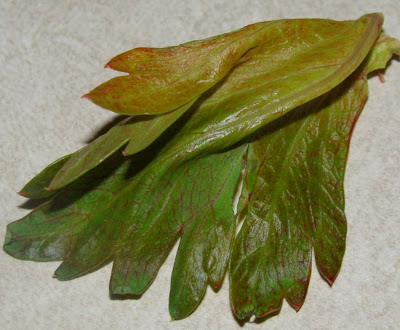When we got finished, my daughter said it needed butter which brought us to science experiment #2 – One that I had never done before.
Turns out that it is ridiculously easy to make butter when you aren’t being forced to use a churn by your parents. I bet that adds a level of difficulty or at least boredom.
Time required for full effect – about 10 minutes (excluding the 6-12 hours of leaving the cream out of the fridge)
Items needed:
• Small container of heaver whipping cream
• A clean jar with a lid – we used a miracle whip jar
• Some salt, rosemary or anything else if you want flavored butter
Procedure:
Leave heavy whipping cream out on the counter for 6-12 hours (gross I know.. but imagine in pioneer days), pour into a jar and add a bit of salt or other flavoring (for taste only).
Shake in a jar for 3 minutes (about one shake per second). The goal of the shaking is not to mix the ingredients but rather to slam the milk against one end of the jar repetitively. This breaks the protein bonds and allows the butter to separate. So one slam of the milk per second for 3 minutes.
result:

Notice the milky substance. That is where ‘buttermilk’ comes from. You pour that off (save it if you want) while talking about buttermilk pancakes and buttermilk ranch dressing.
Pour a bit of warm water and give one shake to rinse the butter. Pour that off and enjoy.
Additional discussions:
• If you were to shake the jar for a while longer than 3 minutes, you could actually make whipped cream instead of butter.
• You can do this experiment starting with whole milk but it takes a LOT longer than three minutes. My grandmother told me that I had cheated starting with cream :-)
• Almost all of our parents\grandparents used to do this for eating instead of learning which I think makes the experiment more personal. My kid was so excited to talk to my grandmother after this and she actually had an old butter churn that she showed us.
One word of warning:
My daughter who had been so excited said upon tasting the butter “it just tastes like real butter”. We had to talk about how real butter was what we just made and that manufacturers imitate what we did. It blew her mind.
Have fun with this easy experiment.







